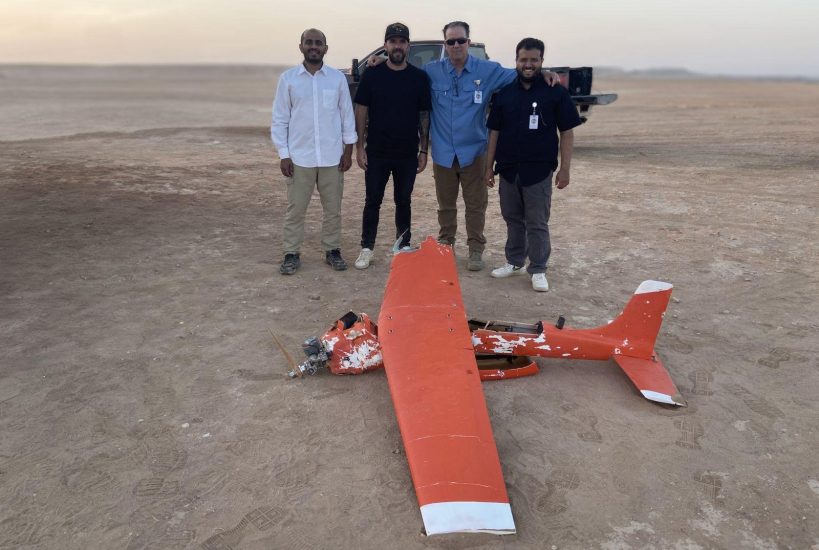MARSS has shared details of its involvement at the Saudi Arabia Red Sands 24.2 exercise in September, where companies tested counter uncrewed aerial systems (C-UAS) technologies.
Jointly organised by the US Army DEVCOM, ARCENT, and the Royal Saudi Air Forces, Red Sands 24.2 provided a test-bed for the latest technological solutions to deal with the rising threat of UAS attacks. MARSS demonstrated its detect to defeat C2 systems, fully integrated with EOS’ remote weapon station.
Over the course of the exercise, MARSS’ AI-powered NiDAR platform was tested against numerous simulated drone attacks, including both Category 2 rotary-wing, and Category 3 fixed-wing UAS. NiDAR’s inbuilt threat prioritisation autonomously analysed radar tracks and EO/IR data to assess and order the potential risks, and also provided the operator with a recommended course of action. Overseen by a human in the loop, NiDAR then relayed detailed slew-to-cue data to EOS’ integrated remote weapon station to defeat the identified threat at speed, which MARSS says “reduced the decision cycle of ‘detect to defeat’ to a matter of seconds.”
The company also demonstrated its fully wireless C2 functionality. Enabled by its partnership with Silvus Technologies, MARSS was able to integrate multiple sensors, including radars from Echodyne and SRC, and EO/IR sensors from Current Corp, to provide a unified tactical picture on a single display.
Josh Harman, Vice President of Business Development said exercises, such as Red Sands, are critical for understanding the needs and pressure points for the customer-base. “With so many drones being deployed daily, or even hourly, in active areas, it’s imperative that any C-UAS system can target the drones, but also the operators.”
For more information




